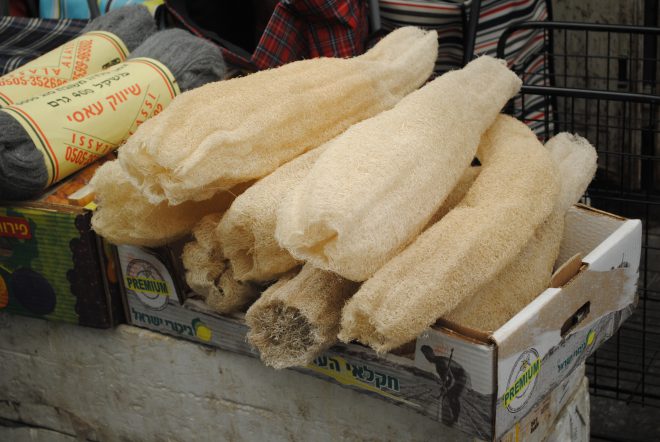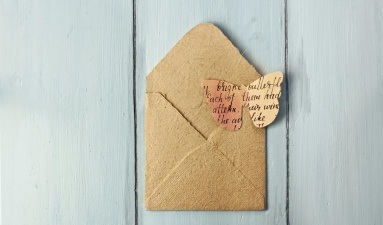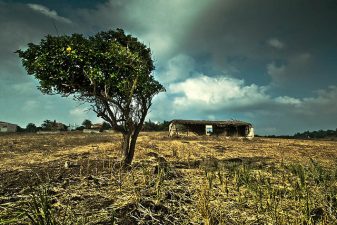
Loofah grows like a gourd. Find them at corner stores in Middle East countries like Israel. For some people they don’t travel without them!
Loofah, luffa, loof sponge. However you call it, the scratchy, fibrous plant has been used to scrub the body – and the dishes – for centuries. Its appeal hasn’t diminished in all that time. Today loofah is considered the most sustainable, greenest scrubber you can find.
The scrubby feeling of a soapy loofah sponge massaging your limbs means that you’re stimulating blood circulation and exfoliating dead skin cells. You come out of the shower feeling super-clean and stimulated. While the loofah is too rough to use on the face or genitals, it’s great for controlling teenage acne on the back, as the fibrous sponge loosens oils and bacteria from the skin while the soap cleans up.
Here in the Middle East you can amble down to the local open-air market and choose a nice sturdy loofah from a bunch casually displayed in front of a shop.

Bring it home and either chop it up into convenient sizes, or leave it long if you prefer. Either way, the sponge needs to be soaked in warm, soapy water and rinsed before using it the first time, to free it of field and street dust.
Being a fibrous material with lots of openings, a loofah collects plenty of dirt. A damp environment like the shower stall will turn it into a bacteria breeding ground, so don’t leave it hanging from a string in the shower. Rinse it through and hang it up in a dry, airy place until the next time. You can also throw it in the washing machine every week, on the delicate cycle, but don’t put it in the dryer, as the heat will destroy it.
In any case, dermatologists say that you don’t need to scrub yourself with a loofah every day: twice a week is plenty.
Keep in mind that like all organic matter, loofah sponges eventually gather bacteria and decompose. A loofah that’s gone moldy or smells musty should be thrown out or composted. But don’t wait to that to happen to replace it. Start using a new one every 3-4 weeks. That goes for loofah pieces that you use for scrubbing dishes too.
Did you know that loofah sponges are the skeletons of an edible gourd? Luffa is a species from a tropical and subtropical vine from the cucumber family. The luffa, also spelled loofah, usually refers to the fruit of the two species Luffa aegyptiaca and Luffa acutangula. The fruit of these species is also cultivated and eaten as a vegetable.
The fresh green gourd resembles a cucumber and is actually of the cucumber family. Loofah must be harvested while young and small if you want to eat it. It’s a popular vegetable around the globe, from South America to the Near and Far East. India has many curry recipes calling for fresh green loofah. In Japan, people grow it in building lots to create shady screens.

The scratchy beige object we know as loofah is the vegetable grown to maturity and left on the vine to dry. The fleshy part withers and falls off and the skeleton remains. Shake the seeds out and you’re good to go.
If you have the right climate (hot summers, cool winters), you can grow loofah yourself. It’s easy to grow in well-drained, sandy loam. No seeds available locally? You can order luffa seeds online.



